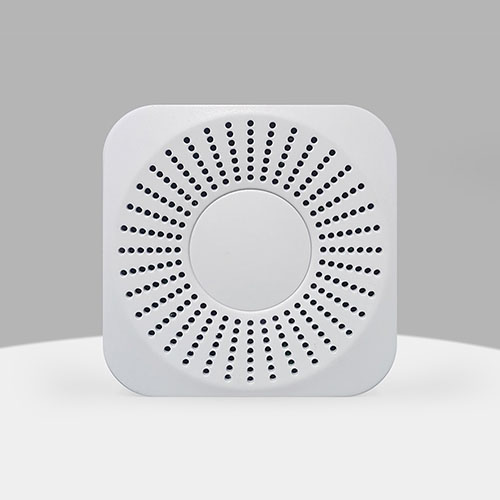How do air quality monitors work
Air quality monitoring equipment is an instrument that can detect and analyze pollutants and harmful substances in the air. In this article, we will introduce How do air quality monitors work, classification, application places, hoping to help readers better understand and improve the air environment, enjoy better and healthier living conditions.
How do air quality monitors work?
The core part of air quality monitoring equipment is various sensors and analyzing methods, which can measure and calculate various parameters in the air, such as temperature, humidity, pressure, wind speed, wind direction, particulate matter, gaseous pollutants, organic compounds, heavy metals, radioactive substances and so on. These parameters reflect the level of pollution and health risks in the air, and can also be used to assess standards and levels of air quality. Different sensors and analytical methods have different principles and characteristics, such as chemical analysis, gravimetric method, optical method, electrochemical method, mass spectrometry, etc., and they can be selected and combined according to different detection goals and needs.
Classification of air quality monitoring equipment
According to the different places of application, air quality monitoring equipment can be divided into two categories: indoor air quality monitoring equipment and outdoor air quality monitoring equipment.
Indoor air quality monitoring equipment is a kind of instrument mainly used for detecting and controlling the air environment inside a building, which can display the concentration of pollutants in the air and the health index in real time, and warn people to take appropriate measures, such as opening windows to ventilate the air, using air purifiers, and adjusting the temperature and humidity, etc., in order to optimize the quality of the indoor air, and to prevent or reduce various diseases caused by air pollution, such as respiratory tract diseases, eye irritation, skin allergy, headache, fatigue and so on. This kind of instrument is suitable for homes, offices, schools, hospitals, shopping malls, factories and other places.
Outdoor air quality monitoring equipment is an instrument mainly used for testing and assessing the atmospheric environment of a city or a region, which can collect and analyze air samples on a regular or continuous basis, generate air quality reports and early warning information, and provide accurate and timely data and recommendations to the public and governmental departments for the purpose of formulating and enforcing effective environmental protection policies and measures, such as restricting the use of motor vehicles, closing down sources of pollution, and increasing greening area, etc., in order to reduce the level of air pollution, safeguard people’s respiratory health and improve the urban landscape. Such instruments are suitable for use on roads, squares, parks, forests and other places.
According to the different ways of installation, air quality monitoring equipment can also be divided into two categories: fixed air quality monitor and air quality monitor portable.
Stationary air quality monitoring equipment is an instrument installed in a fixed location, which is characterized by high stability, wide coverage and good data continuity, and is suitable for long-term and systematic monitoring of air quality trends and patterns in specific areas or points. This kind of instrument can be installed inside or outside of a building on walls, columns, roofs, etc.
Portable air quality monitoring equipment is an instrument that can be carried and used anywhere and anytime. It is characterized by high flexibility, adaptability and good real-time data availability, and is suitable for use in rapid and sensitive monitoring of air quality conditions and differences at different locations or directions.








